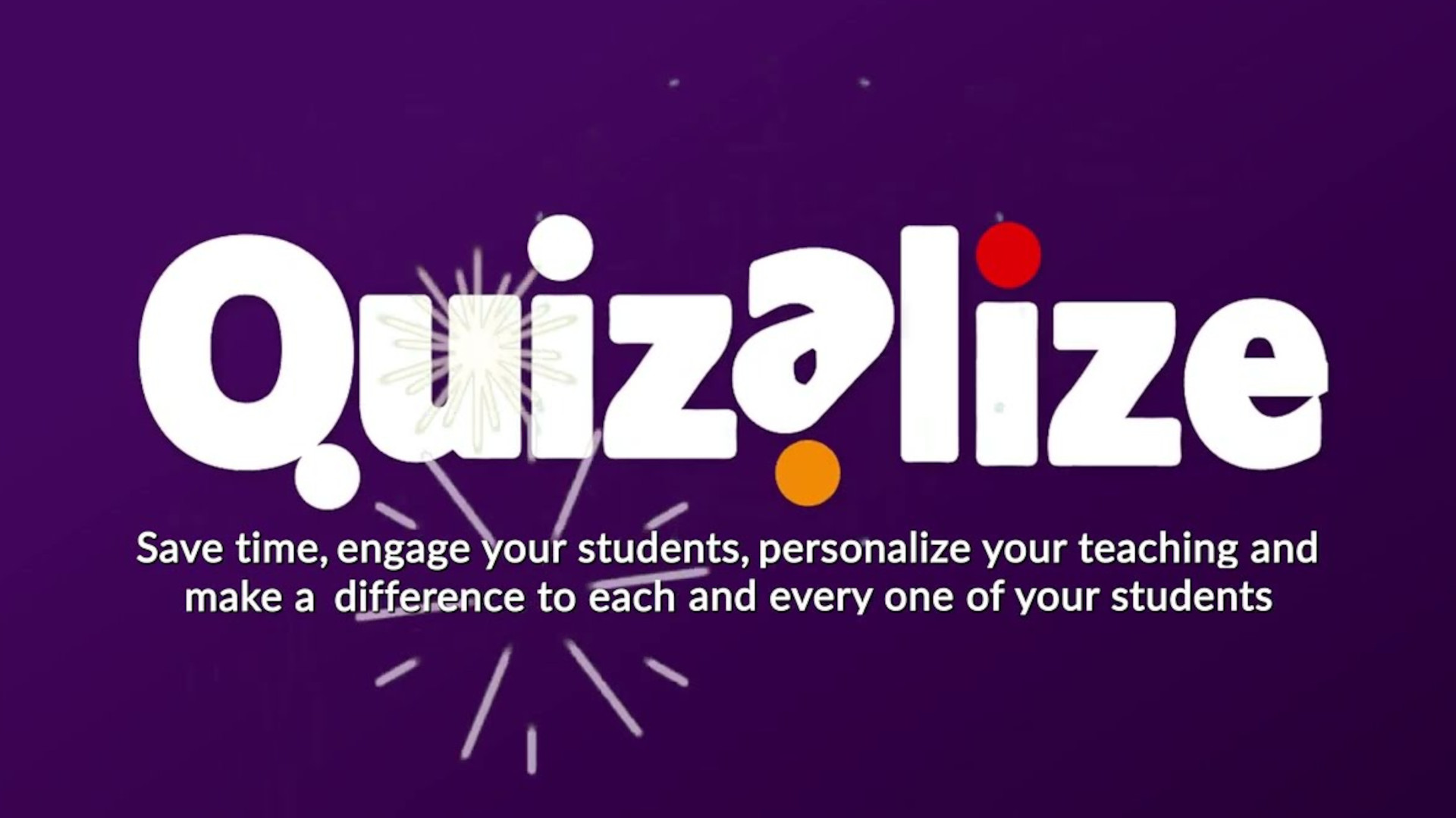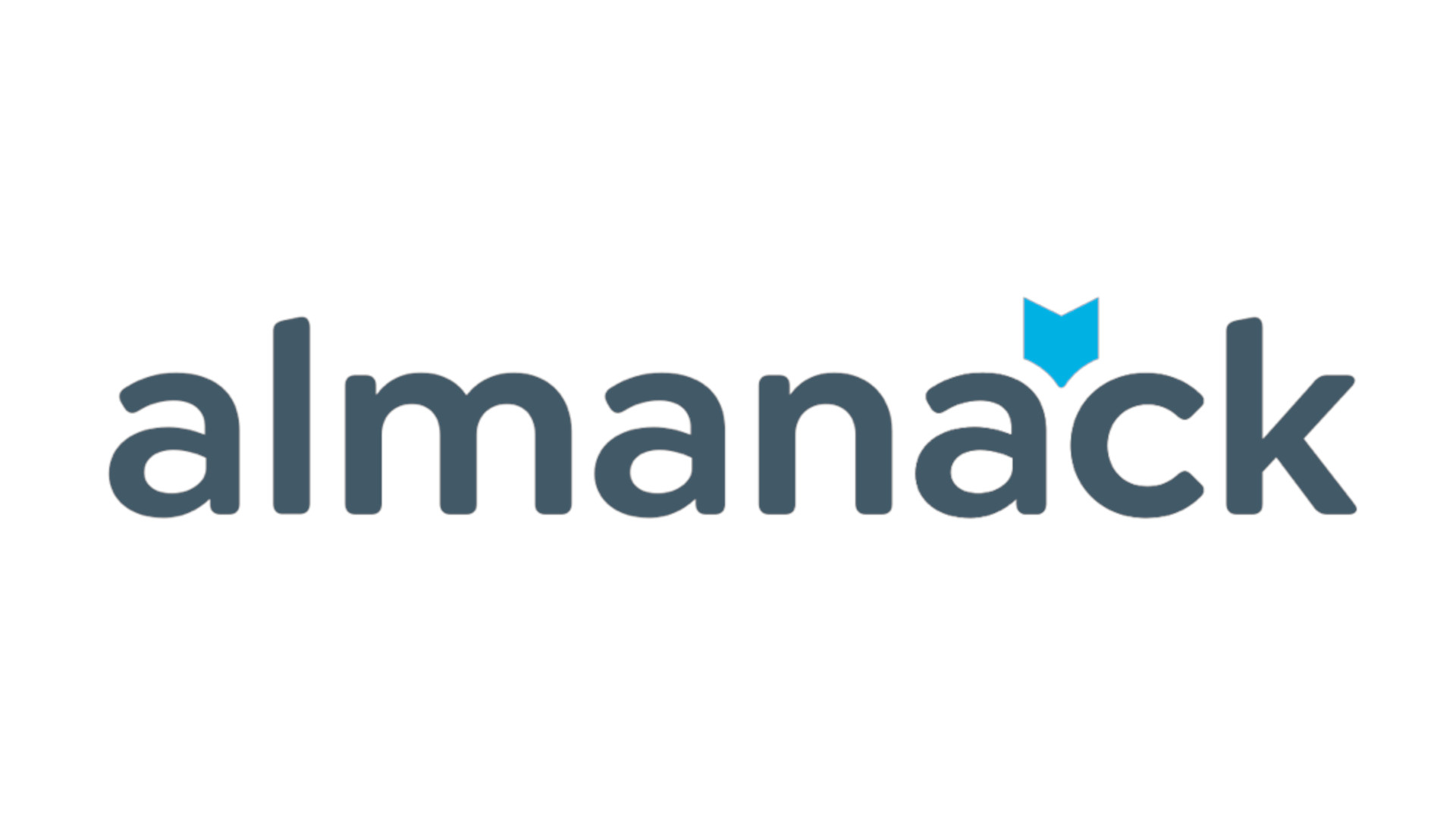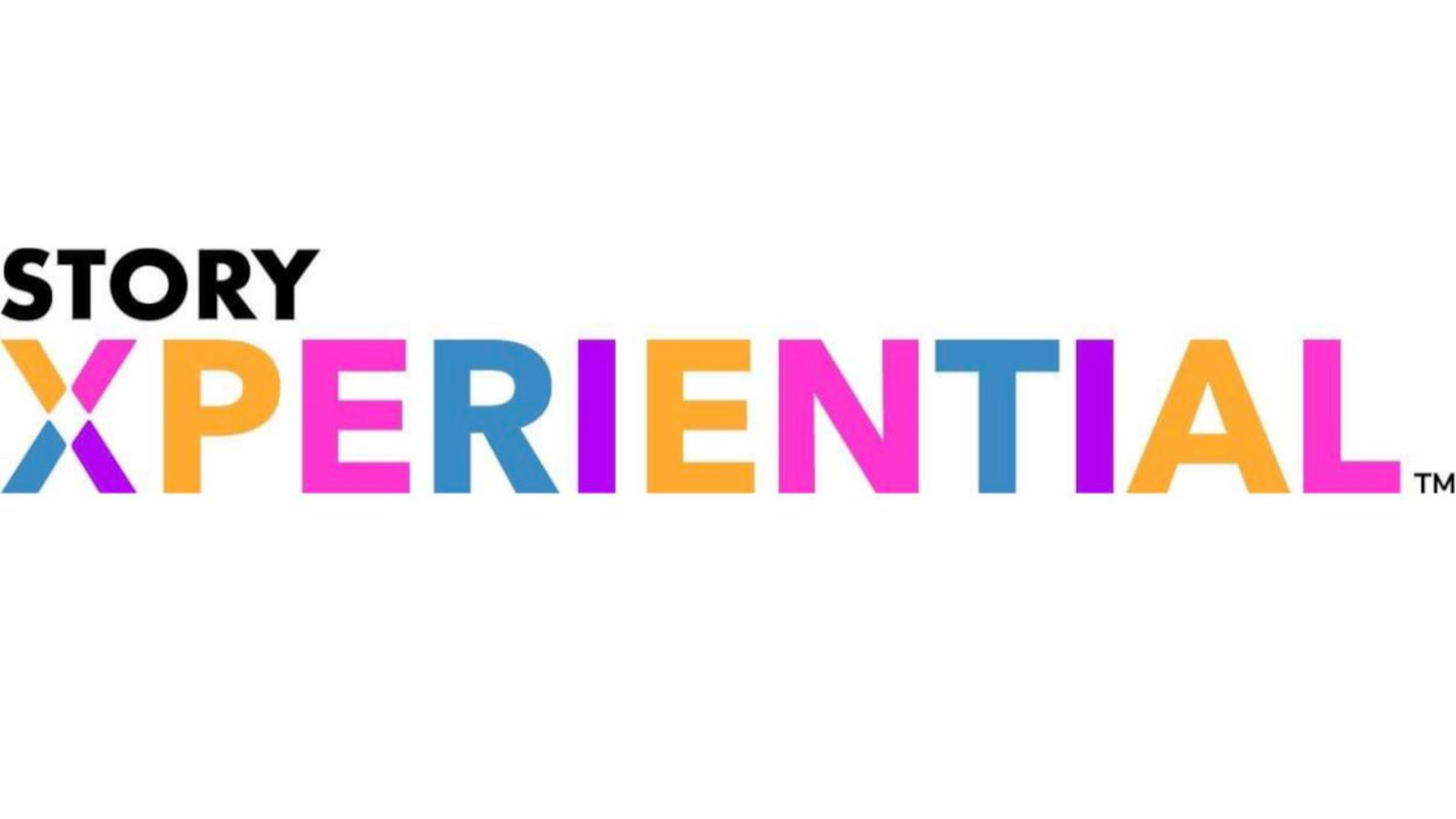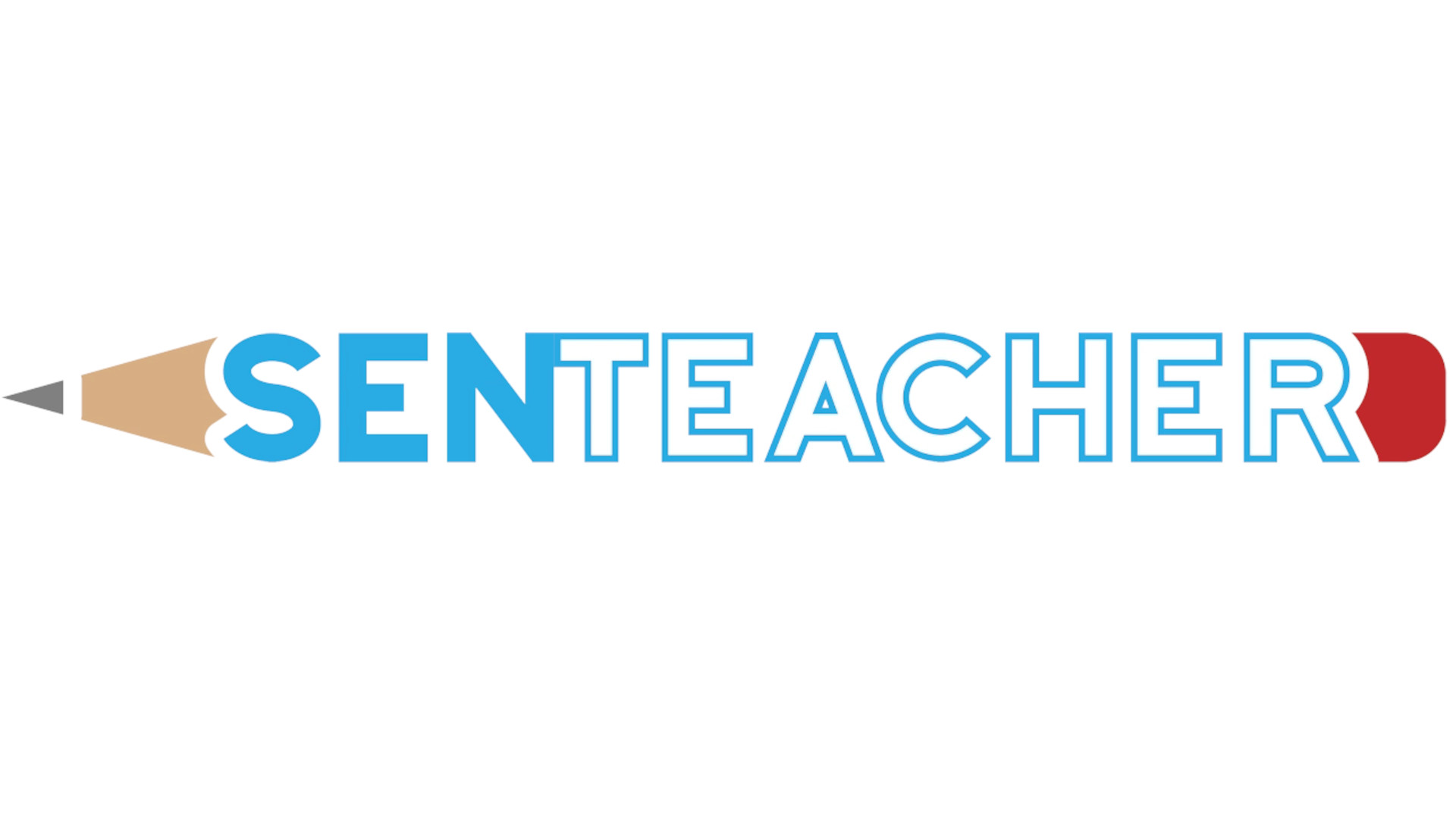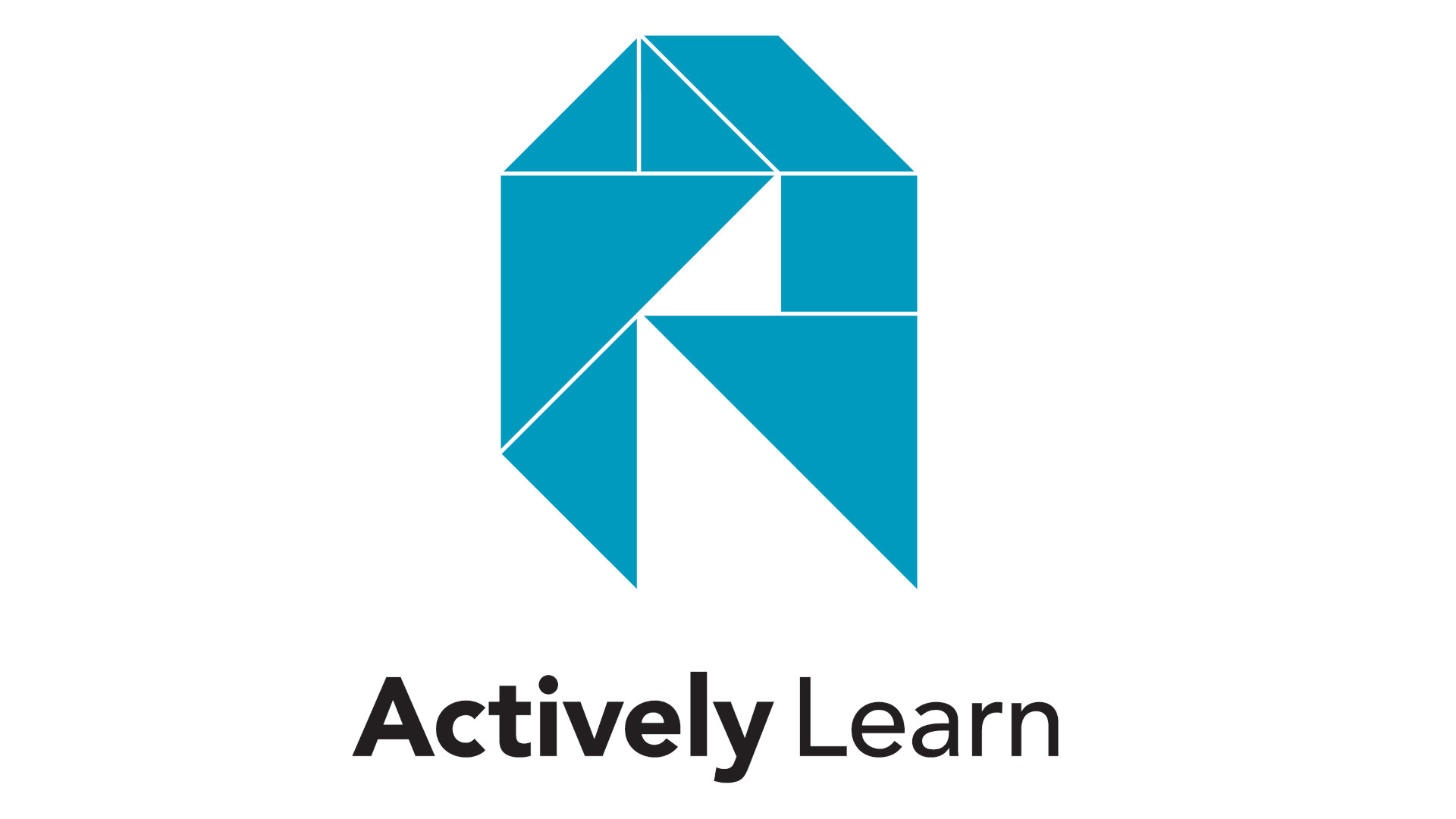How to Launch a Hybrid Event
New hybrid event models, such as Confluence 2020, combine the best of face-to-face and online presentations
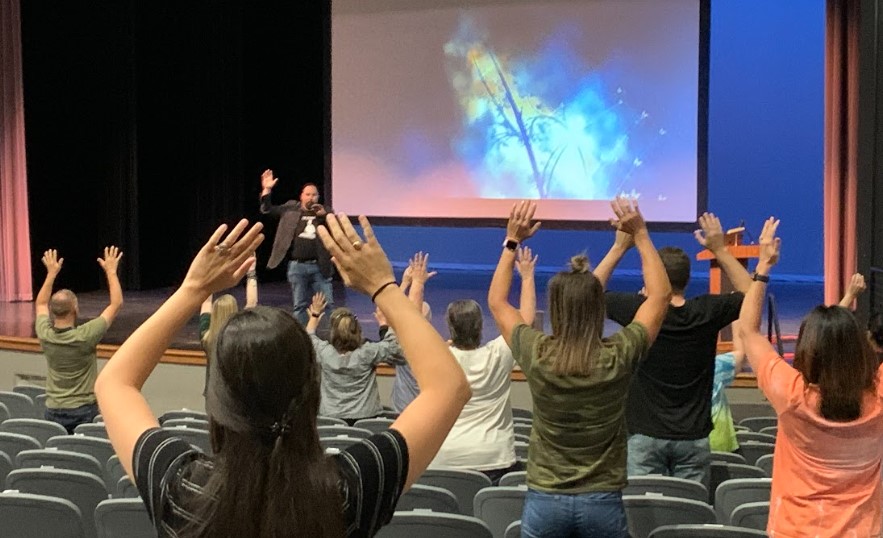
In the wake of the pandemic, many education conferences have gone completely virtual or been cancelled entirely. So a hybrid event -- a combination of live and online presentations -- is a new format that conference organizers everywhere are considering. And on June 4, 2020, Confluence in Lubbock County, Texas, made news as one of the first hybrid events to actually occur.
In January, Matt Holley was putting the finishing touches on Confluence, a conference that marries curriculum, instruction, and edtech. Building from the event’s previous two years of success and growth, Holley, the event chair, had booked Carl Hooker, Brett Salakas, and me to be the three featured speakers for the event, scheduled to be held in Lubbock-Cooper ISD in Texas. But in March, as everything changed due to the global pandemic, Confluence was forced to pivot.
In mid-May, Holley met with Lubbock-Cooper superintendent Keith Bryant and Jacque Fewin, Director of Technology, to develop a safety and logistical plan to hold the event using a hybrid model, combining live, in-person elements with digital, online components. Planning included making it free to all educators, including those outside of Lubbock-Cooper.
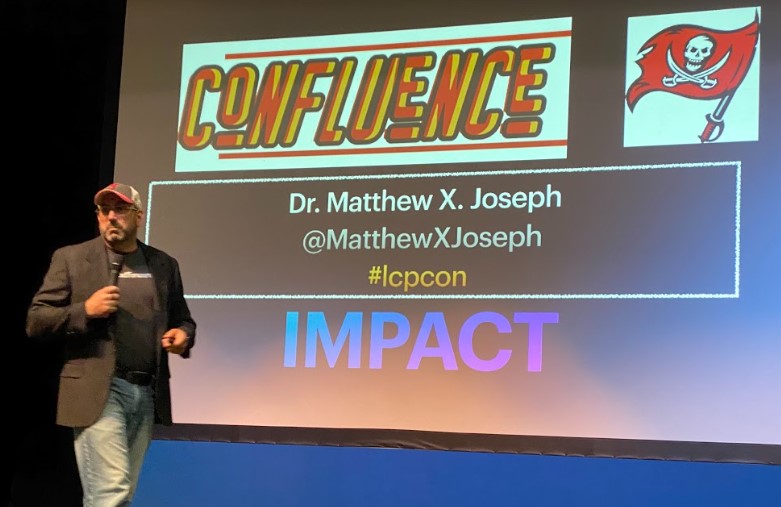
Overcoming Challenges
For the event, both Hooker and I traveled to Lubbock to give keynotes and present sessions. Additionally, Holley assembled a team of other educators who also would be giving presentations. (Unfortunately, Salakas, being from Australia, could not make the journey due to travel restrictions.) All presentations were onsite with a small group of attendees and live-streamed to a virtual audience.
Many challenges needed to be overcome to launch this event. First and foremost was the safety of presenters and participants. The Lubbock-Cooper team created one-way entrances, rented a sanitizer sprayer, spread chairs to a designated spot in the breakout rooms, and had hand sanitizers at every turn.
The technical aspects of live-streaming the event came next. Zoom links, Zoom facilitators, iPads, sound for at-home participation, and a robust website for central information were all prepared well ahead of the day’s event.
Once it was announced that Confluence would offer virtual participation, the concern was that offering online access would encourage everyone to stay home rather than attend in person. But on June 4, the event opened its doors, and educators came in and tuned in.
Tech & Learning Newsletter
Tools and ideas to transform education. Sign up below.
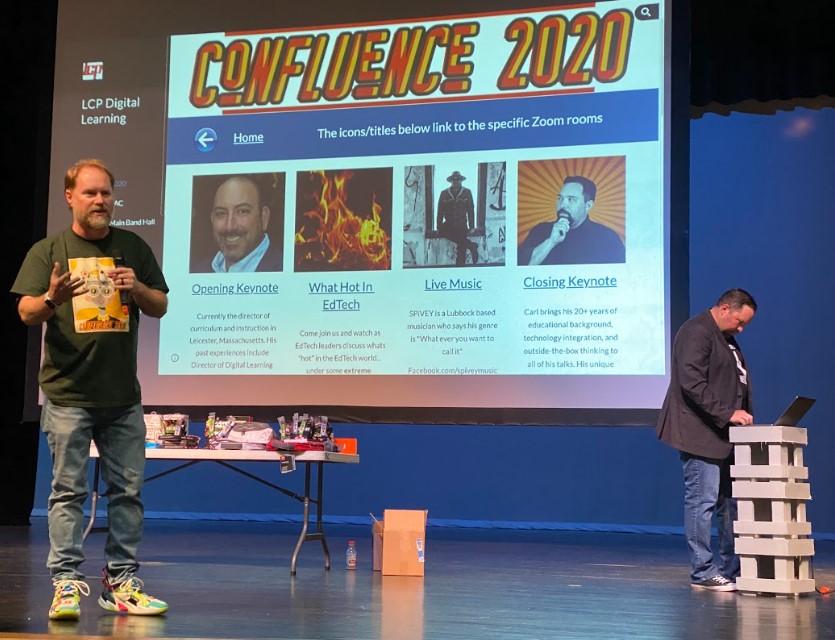
Balancing Between Live and Online
At any point in the day, upward of 400 people were participating, and more than 175 educators showed up in person. The online collaboration took off as well, with lively conversations in the chat and new connections made. Confluence offered a unique opportunity to easily and seamlessly reach audiences around the world.
For a typical conference, the marketing strategy and profit revolve around getting attendees to register and travel to the event. Hybrid events, such as Confluence, have the potential to transform events by creating new possibilities and options as distance is no longer a deterrent. Virtual participants expressed that engaging in the event digitally was a special experience -- they found themselves engaging in the same content with other educators from all over.
As successful as Confluence was in being the first hybrid conference since COVID, nothing beats the power of a physical encounter. Hybrid events still need to have more in-person activities than the online viewer can be a part of to engage physical attendance. To incentivize in-person attendance, Confluence had lunchtime entertainment (SPiVEY played live music), and the Science Spectrum FabLab showcased an all-new, hands-on STEAM education program in a mobile makerspace.
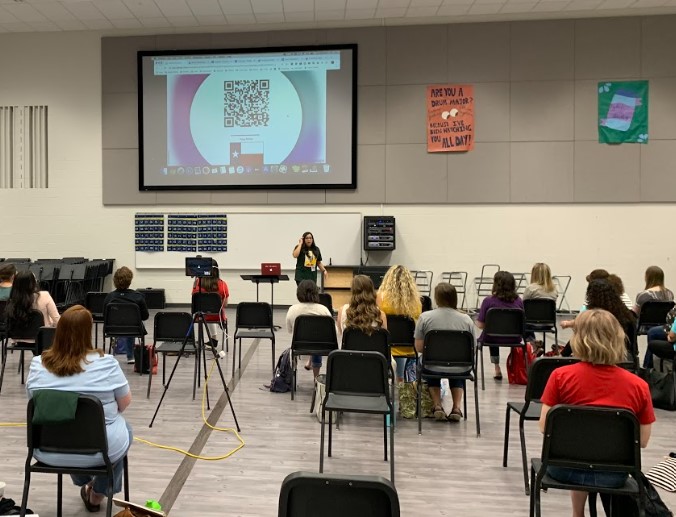
Two additional aspects of Confluence that made the hybrid learning impactful:
A clear theme. It is easier to attract participants with an appealing subject. Choose a clear theme and build your event around it. Doing so can increase in-person attendance and attract viewers who are not yet familiar with your event or conference
A facilitator for online viewers. Participants can ask questions and interact with the in-person presenter through a facilitator. This helps to value the virtual participant’s presence and input, and provide the true feeling of a live session.
An additional benefit of a hybrid event is the ability to record session content and have ongoing learning afterward for those who could not attend.
As is the case with all in-person events, Confluence’s draw is the energy of the attendee experience. However, with the success of this new hybrid event, Holley and his team are looking at bigger and more innovative ideas for Confluence 21.
Ultimately, Confluence offers a great model for creating engaging learning opportunities for educators around the country while keeping the excitement of an in-person event alive.
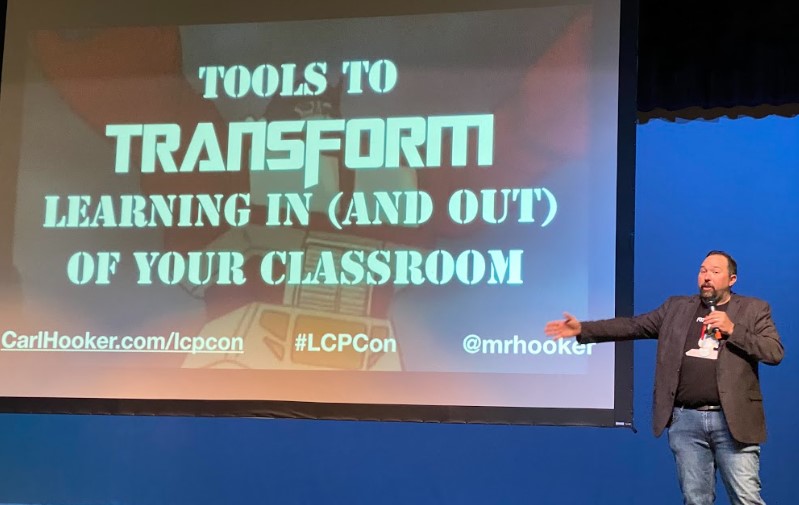
Dr. Matthew X. Joseph (@ MatthewXJoseph) is Director of Evaluation and Supervision in Brockton, MA.

